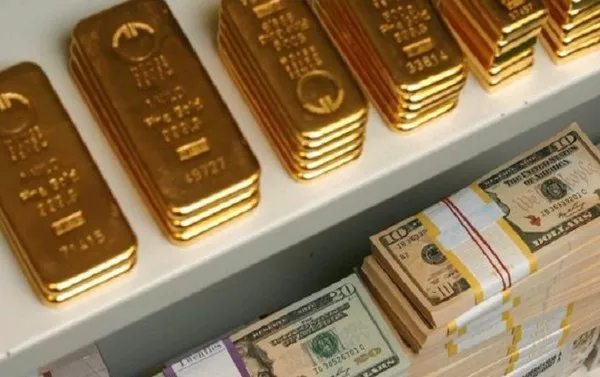Understanding the dynamics of gold futures involves more than analyzing historical price trends and economic indicators. Market sentiment, the collective mood and attitude of investors, plays a pivotal role in shaping gold futures prices. In this article, we will delve into the intricate relationship between gold futures and market sentiment, exploring how shifts in sentiment can impact prices and providing insights for investors looking to navigate the complexities of the market.
1. The Influence of Market Sentiment:
Market sentiment reflects the overall feeling or attitude of market participants toward a particular asset, in this case, gold futures. It is driven by a multitude of factors, including economic data, geopolitical events, and broader market trends. Gold, often considered a safe-haven asset, is particularly sensitive to changes in sentiment, as investors flock to or divest from it based on their perceptions of risk and uncertainty.
2. Bullish and Bearish Sentiment:
Market sentiment is typically categorized as either bullish or bearish, indicating a positive or negative outlook, respectively. Bullish sentiment suggests optimism and a belief that prices will rise, prompting investors to buy. Conversely, bearish sentiment signals pessimism, with investors expecting prices to fall, leading to selling pressure. The interplay between these sentiments creates the ebb and flow of the market, impacting gold futures prices.
3. Factors Influencing Gold Sentiment:
Several factors can influence market sentiment regarding gold futures:
Economic Indicators: Economic data, such as inflation rates, interest rates, and GDP growth, can sway sentiment. For example, concerns about inflation may drive bullish sentiment for gold as an inflation hedge.
Geopolitical Events: Political instability, trade tensions, and global conflicts can spark uncertainty, driving investors towards safe-haven assets like gold and fostering bullish sentiment.
Central Bank Policies: Decisions and statements from central banks regarding monetary policy, interest rates, or quantitative easing can significantly impact gold sentiment.
Market Speculation: The actions and sentiments of speculative traders, including hedge funds and institutional investors, can create short-term fluctuations in gold futures prices.
4. Interpreting Sentiment Indicators:
Various indicators can help investors gauge market sentiment:
Commitments of Traders (COT) Reports: Published by regulatory authorities, COT reports provide insights into the positions of different market participants, helping investors understand the balance between bullish and bearish sentiment.
Technical Analysis: Chart patterns, trendlines, and technical indicators can be used to identify shifts in sentiment and potential trend reversals.
News and Media Analysis: Monitoring news outlets and financial media can offer real-time information on events and factors influencing sentiment.
5. Using Sentiment in Trading Strategies:
Incorporating market sentiment into trading strategies can enhance decision-making:
Contrarian Approach: Some investors adopt a contrarian strategy, going against prevailing sentiment. For example, buying during bearish sentiment if they believe it is unwarranted.
Trend Confirmation: Others follow the trend, using sentiment indicators to confirm the prevailing direction and aligning their positions accordingly.
Event-driven Strategies: Traders may adjust their positions based on specific events, such as economic releases or geopolitical developments, leveraging sentiment shifts.
6. FAQs on Gold Futures and Market Sentiment:
Q1: How does bullish sentiment impact gold futures prices?
A1: Bullish sentiment, reflecting optimism and a belief in rising prices, can drive demand for gold futures. Investors may buy gold as a safe-haven asset during periods of economic uncertainty, contributing to upward pressure on prices.
Q2: Can market sentiment change rapidly in gold futures trading?
A2: Yes, market sentiment in gold futures trading can change rapidly based on news events, economic data releases, or sudden geopolitical developments. Traders should stay vigilant and adapt their strategies to evolving sentiment.
Q3: How do central bank policies influence sentiment in gold futures?
A3: Central bank policies, such as interest rate decisions and monetary policy statements, can significantly impact gold sentiment. For example, dovish policies that signal economic stimulus may foster bullish sentiment for gold as an inflation hedge.
Q4: What are common indicators used to measure gold market sentiment?
A4: Common indicators include Commitments of Traders (COT) reports, technical analysis tools (e.g., moving averages, RSI), and news and media analysis. These indicators provide insights into the prevailing sentiment and potential shifts in the market.
Q5: How can investors incorporate sentiment into a gold futures trading strategy?
A5: Investors can incorporate sentiment into their strategies by using indicators like COT reports for positioning insights, analyzing technical patterns for trend confirmation, and staying informed about economic and geopolitical events that can impact sentiment. This information can help refine entry and exit points in trading strategies.

